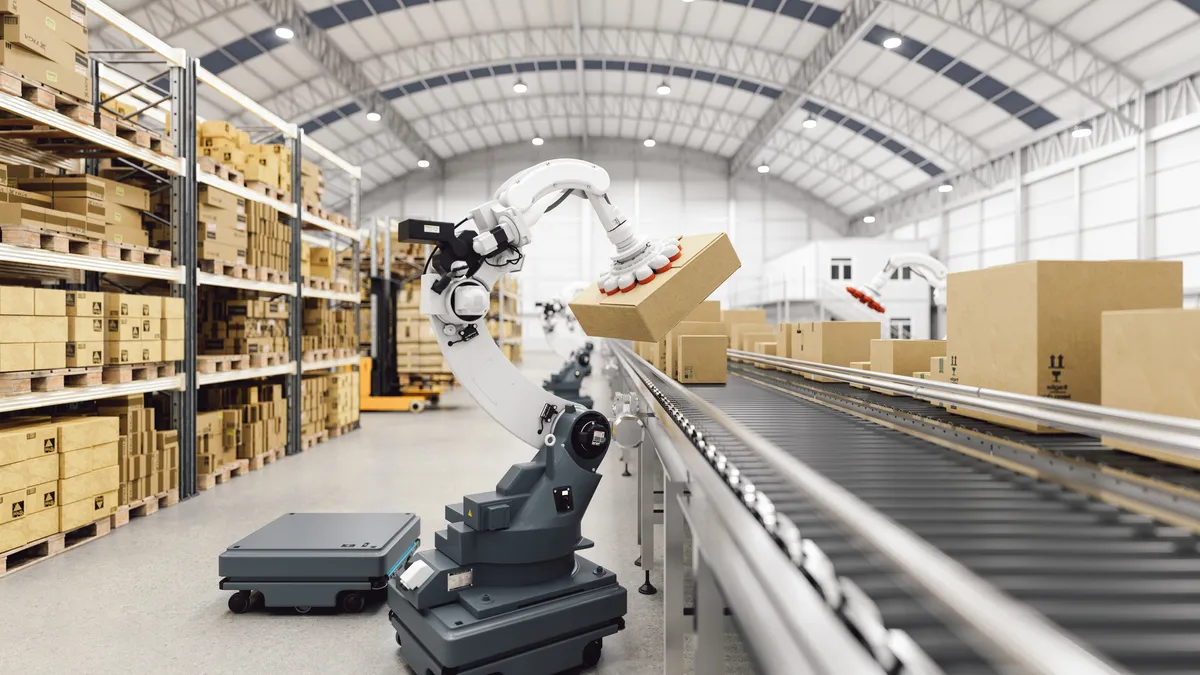Generative AI has the potential to transform the way multiple parts of businesses function, including the office of the CFO. Finance chiefs, however, have been cautious about leveraging the emerging technology in their own day-to-day — leery of utilizing “black box” models with untraceable data that might leave them on the hook for financial errors.
Bringing that kind of traceability and auditability to generative AI tools is essential to boost adoption among financial leaders—and are qualities financial software provider OneStream already offers in its products that utilize quantitative forms of AI, like machine learning, CFO Bill Koefoed said.
“When we roll out things like AI, we really want to make sure that you can kind of rip it apart and see the inner workings of the machine,” he said in an interview.
Supercharging accounting talent
As 2024 draws to its close, AI remains top of mind for many businesses, including OneStream — which is looking to both quantitative and generative forms of AI as tailwind and growth driver for the coming year, Koefoed said.
“We're really excited about how generative AI is going to help transform the office of the CFO to make them more insightful and more analytic,” Koefoed said.
Koefoed, who has served as OneStream’s CFO since 2019, helped shepherd the SaaS company through its $490 million initial public offering in July, a debut which left the company standing at a valuation of approximately $4.6 billion, CFO Dive previously reported. The company is eying generative AI’s potential as it continues to see rising adoption for its tools and services, which includes support for processes such as the financial close and forecasting.
For its most recent quarter ended Sept. 30, OneStream reported a 39% jump in subscription revenue to $110.7 million, accounting for the bulk of its $129.1 million in total revenue, according to its earnings results. The company also offered guidance for the full year, expecting total revenues of between $484 million to $486 million.
Forms of quantitative AI — which have existed for years at this point — have helped to drive such growth; the company’s “sensible machine learning” product has been “a good growth driver” for the business, Koefoed said. Generative AI’s potential uses remain more nascent: some of the most promising early use cases include bringing generative AI into call centers — which OneStream itself is doing — or in tapping the technology to help developers write code more quickly, for example, he said.
“We’ve got some innovation that we've discussed around, how do you actually take some of those capabilities and kind of supercharge the office of the CFO?” Koefoed said.
For example, today if Koefoed as a finance chief wants to review a metric such as, marketing spend versus revenue by geography or product, “some 23 year old on my team with loads of different data and an Excel spreadsheet” is going to have to sit down and “try to pull all those numbers together,” he said. “Whereas you can imagine a world where AI would enable somebody to be able to do that faster.”
Generative AI could also help to address the dwindling supply of new accounting graduates contributing to a growing financial talent gap, Koefoed said. Part of the reason graduates in the space are declining “is just because they don't have great tools,” he said. “I mean, who wants to go work until three in the morning on some Excel spreadsheet trying to pull data together?”
Bringing generative AI into the finance function could both help existing talent in the space, by providing them with better tools, and could also “maybe attract more people or certainly supercharge the ones that are enrolled today,” he said.
Keeping agile
While Koefoed sees AI as a continued driver of growth for the business, he is also keeping a close eye on headwinds that will likely continue to buffet the SaaS space in 2025, he said.
That includes inflation, interest rates and continued ups-and-downs surrounding foreign exchange rates — the dollar is “certainly going to be a headwind” moving into 2025 in the face of continued economic uncertainty, he said.
“Certainly, I can't predict those things, but I need to be able to adapt to them, and I need to be able to adapt to them quickly, and I need to be able to work with the other leaders on our team to be able to help them to adapt,” Koefoed said of keeping a watch on such things as CFO.
While there’s some positives to the FX rates as they stand — operating expenses will likely be lower than expected, for example — OneStream is “a business that gets measured on a revenue multiple, not on profitability,” Koefoed said.
Koefoed has been “a little reluctant” to speak to the street about constant currency, but given the murkiness of FX rates, “I’m probably going to have to as we go forward,” he said.



















